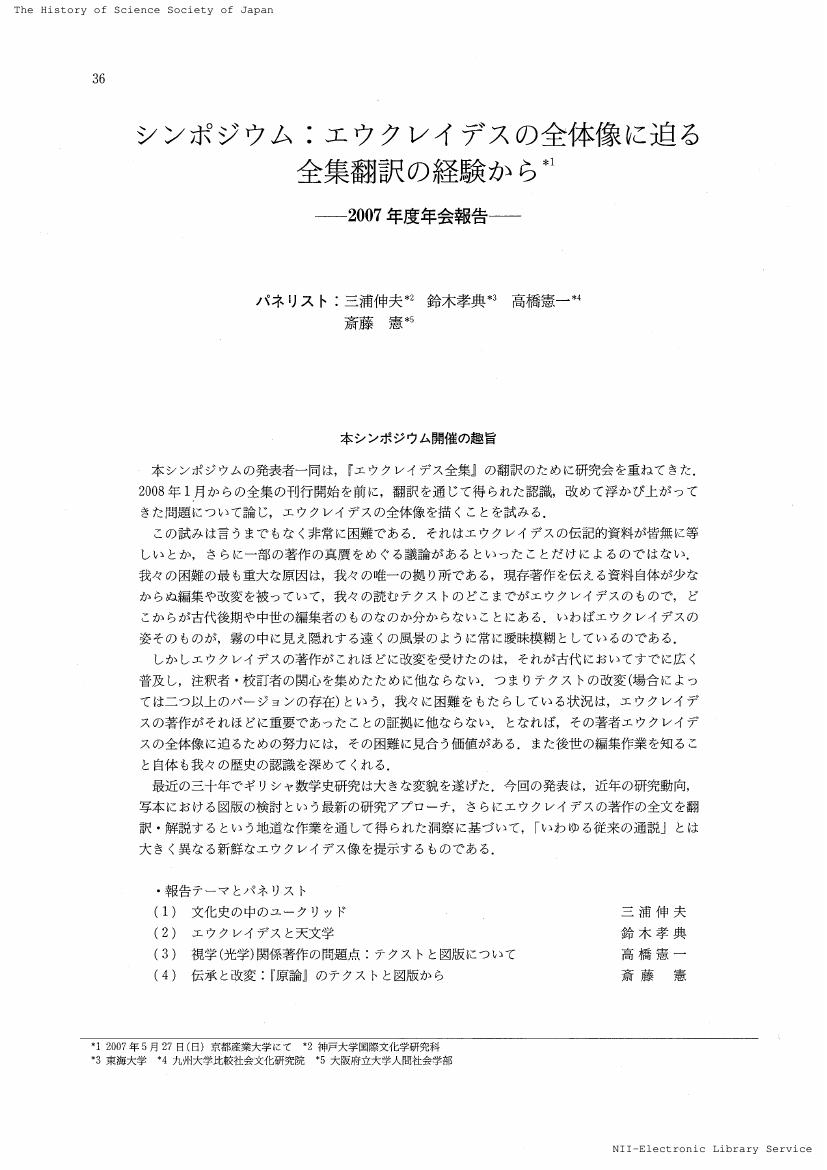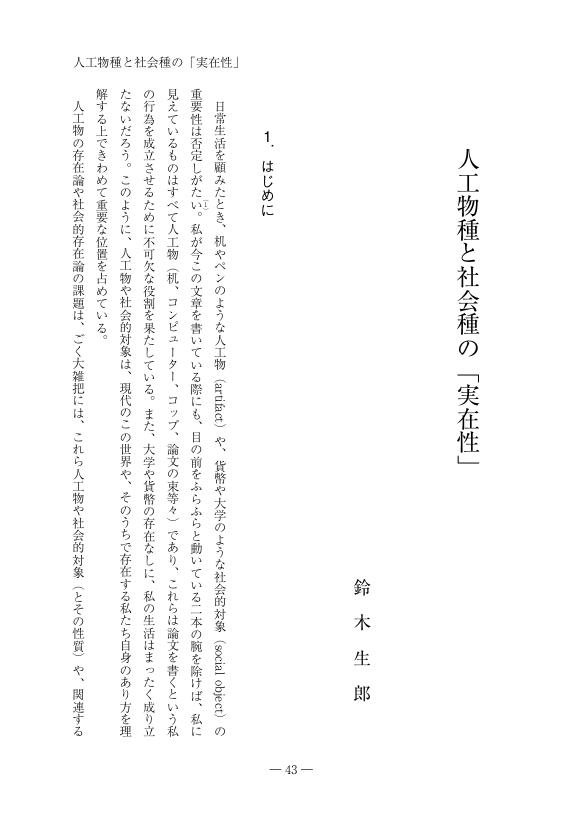1 0 0 0 検証 エコノミック・ステイトクラフト
- 著者
- 鈴木 一人
- 出版者
- 一般財団法人 日本国際政治学会
- 雑誌
- 国際政治 (ISSN:04542215)
- 巻号頁・発行日
- vol.2022, no.205, pp.205_1-205_13, 2022-02-04 (Released:2022-03-31)
- 参考文献数
- 18
Globalization connects the economic activities of the world even though the world is becoming more contested and confrontational. The rivalry between the US and China increases the political frictions while they are deeply connected through global supply chain. Both the US and China are weaponizing trade relations as if they are at war without shooting a single bullet. The concept of “Economic Statecraft” emerged in such circumstances.A quick definition of the “Economic Statecraft (hereafter, ES)” is “achieving diplomatic and strategic goals of the state by using economic means”. Under this definition, the article examines the measures used in ES such as sanctions, export control, trade restrictions and aid. These measures have different effects on delivering political message to the target state, but they are taken in accordance with the aim and objective of the ES exercising state.The aim and objectives of the states are threefold. First, the ES is used to change the behavior and action of target state. For example, ES can be used for improving human rights conditions or halting nuclear programs by adding economic pressure. Second, ES is effective for announcing the malign activities and setting up norms of behavior. It is a message to add not only economic pressure but social pressure as well. Third, ES may have an effect to improve international and national solidarity and claim its legitimacy for implementing market distorting measures. If a state exercise ES, it may have negative effect on the economy of its own by cutting trade and investment or not licensing the export from its territory.The condition for the success of ES does not depend on the size of economy but the monopoly position in the global supply chain. If other countries have no option but to depend on the product from particular state, that state will have the power to use such a product as a leverage. Also the size of the market may create dependence. States in proximity of a large economy tend to fall into this category. Also state which controls the international currency can use such a position as a leverage.The article also examines the difference between the concepts of “economic security” and ES. The difference is that “economic security” focuses on the defense from economic coercion by improving national autonomy, while ES is an offensive tool for imposing political will on other states.
- 著者
- 鈴木 絢女
- 出版者
- 一般財団法人 日本国際政治学会
- 雑誌
- 国際政治 (ISSN:04542215)
- 巻号頁・発行日
- vol.2020, no.201, pp.201_157-201_160, 2020-09-15 (Released:2022-03-31)
1 0 0 0 OA フィールド・サイエンスの科学史,2012年度年会報告
1 0 0 0 OA 『傷寒論』における薬用量の再検討 : 湯液方と丸散方の薬用量の比較
- 著者
- 鈴木 達彦 遠藤 次郎
- 出版者
- 日本科学史学会
- 雑誌
- 科学史研究 (ISSN:21887535)
- 巻号頁・発行日
- vol.50, no.257, pp.1-8, 2011 (Released:2021-07-22)
This paper reveals the dosages of decoctions in Shanghanlun(傷寒論) in relation of pills and powder formulations, and obtains following results. At the first examination of the system of weight, while Taohongjing(陶弘景) shows three kinds of system of weight: [(1) lliang(両) is equivalent to 14 g. (2) lliang = 7 g (3) lliang = 1.4 g], he describes the necessity of the corrective system of weight among the decoctions, the pills and the powder formulations. After Song(宋) dynasty. Zhusanfa(煮散法), which is the method of preparing the decoction by placing powder ingredients of prescriptions in water and simmer, have been mainly adopted. In the term of Zhusanfa, although the whole quantities of prescriptions are written with the ancient weight unit, the notation of the dosage is indicated by the current weight unit, Qian(銭). In Shanghanlun, since the dosage form seems to have been changed from the pills or the powders into the decoction, some of decoctions contain impractical dose for decoction.
1 0 0 0 OA シンポジウム:エウクレイデスの全体像に迫る 全集翻訳の経験から-2007年度年会報告-
1 0 0 0 OA 理科教育,そして環境教育における科学史の役割
- 著者
- 鈴木 善次
- 出版者
- 日本科学史学会
- 雑誌
- 科学史研究 (ISSN:21887535)
- 巻号頁・発行日
- vol.46, no.242, pp.106-109, 2007 (Released:2021-08-11)
1 0 0 0 OA 歴史学と工学のための技術移転論(科学史入門)
- 著者
- 鈴木 勉
- 出版者
- 日本科学史学会
- 雑誌
- 科学史研究 (ISSN:21887535)
- 巻号頁・発行日
- vol.44, no.235, pp.143-147, 2005 (Released:2021-08-11)
- 著者
- 鈴木 善次
- 出版者
- 日本科学史学会
- 雑誌
- 科学史研究 (ISSN:21887535)
- 巻号頁・発行日
- vol.40, no.217, pp.49, 2001 (Released:2021-08-17)
1 0 0 0 OA シンポジウム : 「科学史・技術史の今日的課題」Ⅱ
1 0 0 0 OA 展望:優生学史研究の動向(Ⅱ)
1 0 0 0 OA 展望:優生学史研究の動向(Ⅰ)
1 0 0 0 OA シンポジウム:今日の環境問題と科学・技術史,科学・技術論とのかかわり
- 著者
- 鈴木 善次 高山 進
- 出版者
- 日本科学史学会
- 雑誌
- 科学史研究 (ISSN:21887535)
- 巻号頁・発行日
- vol.30, no.180, pp.251-255, 1991 (Released:2021-04-03)
1 0 0 0 OA 1989 大阪 年会シンポジウム:科学史教育の現状と展望
1 0 0 0 OA 追悼:篠遠喜人先生と科学史
- 著者
- 鈴木 善次
- 出版者
- 日本科学史学会
- 雑誌
- 科学史研究 (ISSN:21887535)
- 巻号頁・発行日
- vol.28, no.172, pp.211-212, 1989 (Released:2021-09-01)
- 著者
- 鈴木 富之 岩崎 颯太 石川 隼人 石渡 大夢 鈴木 萌 中山 歩美 前野 有咲 松井 日菜 横山 朋花 Tomiyuki SUZUKI Sota IWASAKI Hayato ISHIKAWA Hiromu ISHIWATA Moe SUZUKI Ayumi NAKAYAMA Arisa MAENO Hina MATSUI Tomoka YOKOYAMA
- 出版者
- 宇都宮大学地域デザイン科学部
- 雑誌
- 地域デザイン科学 : 宇都宮大学地域デザイン科学部研究紀要 = Journal of the School of Regional Design Utsunomiya University (ISSN:24326704)
- 巻号頁・発行日
- no.10, pp.333-348, 2021-09-01
1 0 0 0 OA ランシエール美学におけるマラルメの地位変化 『マラルメ』から『アシステーシス』まで
- 著者
- 鈴木 亘
- 出版者
- 美学会
- 雑誌
- 美学 (ISSN:05200962)
- 巻号頁・発行日
- vol.71, no.1, pp.61-72, 2020 (Released:2022-02-16)
Among many authors discussed by Jacques Rancière, Stéphane Mallarmé is one of the most important poets and has been intermittently revisited since the publication of Mallarmé (1996). This monograph is intensely focused on the relationship between Mallarmé’s works and politics (particularly dealing with a thought of “community”). The relationship between art and politics is consistently addressed in Rancière’s other writings but has become complicated since he reinterpreted the history of Western aesthetics around 2000. However, previous studies on Rancière’s interpretation of Mallarmé fail to acknowledge such complexity because they focus exclusively on Mallarmé and his contemporary writings. Therefore, this paper investigates The Future of the Image (2003) and Aisthesis (2011), as well as Mallarmé, to trace changes in Mallarmé’s status. Through this investigation, this paper reveals new politicization in Rancière’s writings on Mallarmé. This paper is organized as follows: firstly, confirming that Mallarmé is the poet that observes ordinary events of everyday life, and secondly, this paper clarifies a discrepancy between the figure of Mallarmé depicted in Mallarmé and Rancière’s concept of the “aesthetic regime of art.” Finally, this paper demonstrates that Rancière provides new insights on Mallarmé in his writings since the year 2000.
1 0 0 0 OA ジャック・ランシエールの思想展開におけるマラルメの地位
- 著者
- 鈴木 亘
- 出版者
- 美学会
- 雑誌
- 美学 (ISSN:05200962)
- 巻号頁・発行日
- vol.70, no.2, pp.130, 2019 (Released:2021-05-08)
1 0 0 0 OA 人工物種と社会種の「実在性」
- 著者
- 鈴木生郎
- 出版者
- 西日本哲学会
- 雑誌
- 西日本哲学年報 (ISSN:09197982)
- 巻号頁・発行日
- vol.27, pp.43, 2019 (Released:2021-05-06)
1 0 0 0 OA キルケゴールの〈実存哲学〉 〈実存哲学〉の系譜の構築へ向けて
- 著者
- 鈴木 祐丞
- 出版者
- 東北哲学会
- 雑誌
- 東北哲学会年報 (ISSN:09139354)
- 巻号頁・発行日
- vol.37, pp.47-63, 2021 (Released:2022-03-04)














